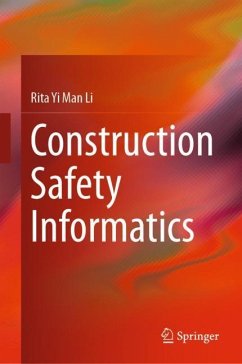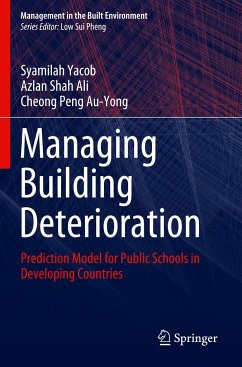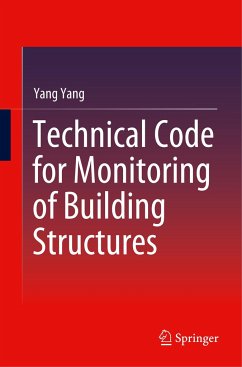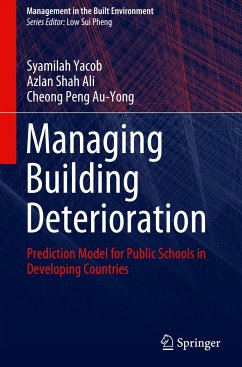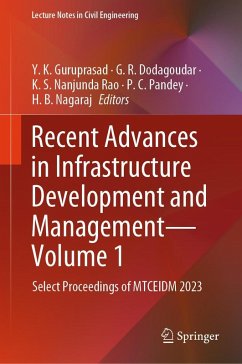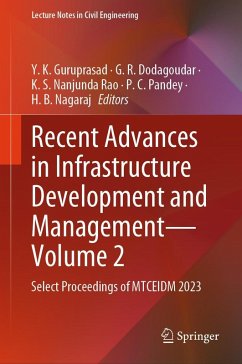
Construction Safety: Economics and Informatics Perspectives

PAYBACK Punkte
53 °P sammeln!
This book covers the economics of construction safety, such as the asymmetric information of different construction practitioners in Hong Kong, studies feminism in Australia's traditionally male-dominated construction industry, and researches an efficient Small-Scale Contractors' construction health and safety performance management in Zambia. It also constructs the risk rating matrix and assesses occupational hazards identification and risk Assessment in Kaligandaki's Construction Project.Besides, it throws light on construction safety informatics, such as scaffolds safety via rule-based safe...
This book covers the economics of construction safety, such as the asymmetric information of different construction practitioners in Hong Kong, studies feminism in Australia's traditionally male-dominated construction industry, and researches an efficient Small-Scale Contractors' construction health and safety performance management in Zambia. It also constructs the risk rating matrix and assesses occupational hazards identification and risk Assessment in Kaligandaki's Construction Project.
Besides, it throws light on construction safety informatics, such as scaffolds safety via rule-based safety checking and BIM. It compares safety awareness in academic databases in construction, manufacturing, traffic, and health and food industries. It studies construction, real estate hazard, and urban renewal hazard articles indexed on the Web of Science. It conducts a systematic literature review on safety culture. Lastly, it reviewed refurbishment and demolition work in Hong Kong's legal databases.
Besides, it throws light on construction safety informatics, such as scaffolds safety via rule-based safety checking and BIM. It compares safety awareness in academic databases in construction, manufacturing, traffic, and health and food industries. It studies construction, real estate hazard, and urban renewal hazard articles indexed on the Web of Science. It conducts a systematic literature review on safety culture. Lastly, it reviewed refurbishment and demolition work in Hong Kong's legal databases.








